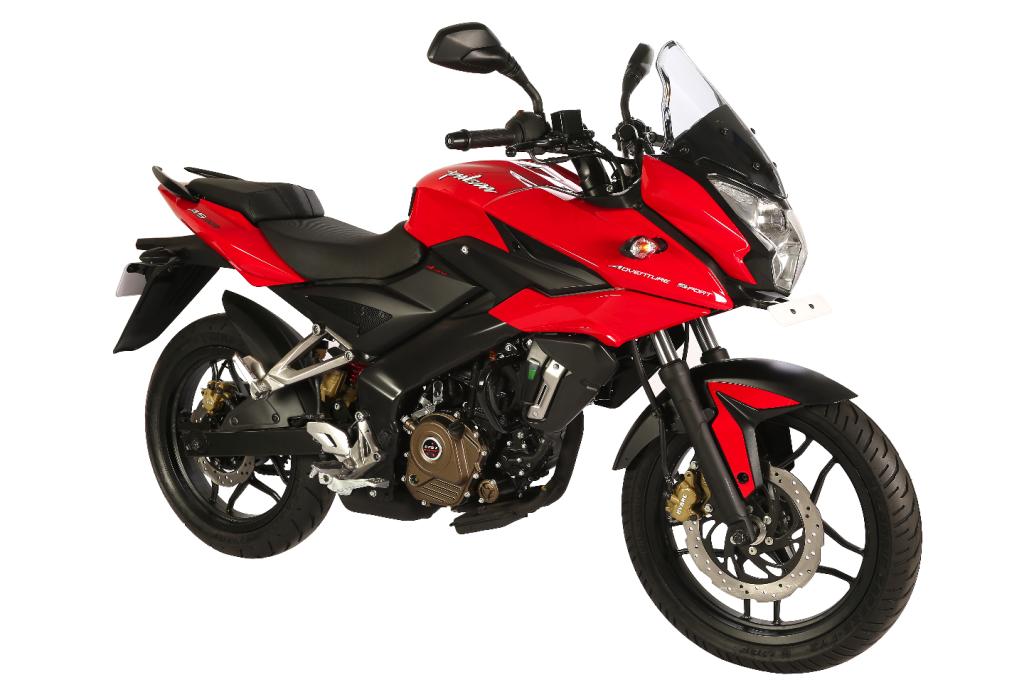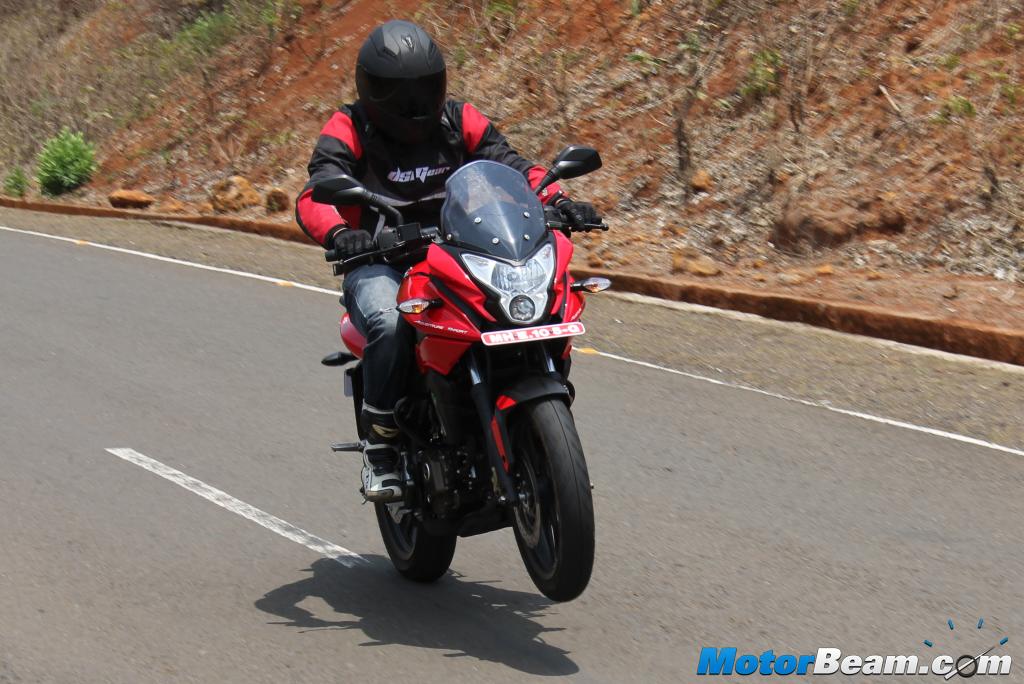The Pulsar 200 AS has what it takes to replace the Pulsar 220 after the latter has served as Bajaj’s flagship motorcycle for a long time (2007 to 2012). Both motorcycles have some similarity in them.

Bajaj Auto first launched the Pulsar 220 in 2007, it was offered with fuel-injection but was available in limited numbers. Due to the price of FI and complexities of servicing the Pulsar 220 DTS-FI back then, the company replaced the model with the Pulsar 220 (with a carburettor) in 2009. Sales of the 220 rocketed in no time and it was positioned as the ‘Fastest Indian’ motorcycle. In 2010, the Pulsar 220S was launched (without the half-fairing and projector headlight) for slightly lesser money but due to low demand, it was axed in 2011. In 2012, the biggest ever update to the Pulsar came in the form of the second generation Pulsar, called the 200 NS, this bike was expected to replace the aged 220 but people continued to prefer it over the 200 NS.
Now there are several reasons as to why the 220 continues to remain in demand over the much better 200 NS, many people wanted the half-fairing, projector headlight while some chose the bike because it was proven in the market. There were others who thought that the 220 (having more displacement) was faster than the 200 NS. Due to the good demand for the 220, Bajaj has kept their highest capacity Pulsar still on sale. The company recently launched the Pulsar 200 AS and this bike will surely replace the long in the tooth Pulsar 220. Here are ten reasons why the 200 AS is way better than the Pulsar 220.
1) Looks – The Pulsar 220 did have some presence due to the half fairing but the bike has started to show its age. The 200 AS also gets a semi-fairing and along with its fresher design elements, looks much better than the 220.
2) Engine – The Pulsar 200 AS has a more superior engine. Its 199.5cc, triple-spark motor is liquid-cooled and has 4-valves against the 220cc, oil-cooled, 2-valve engine of the Pulsar 220.
3) Performance – The Pulsar AS 200 produces 23.5 PS of power in front of the 21.05 PS of the 220, the new model is lower on torque output at 18.35 Nm against the 220’s 19.12 Nm but has better overall performance with a quicker 0-100 km/hr time and top speed.
4) Suspension – The Pulsar 200 AS uses a monoshock rear suspension against the twin-shock suspension on the Pulsar 220.
5) Brakes – While both bikes get a 230 mm rear, the Pulsar 200 AS gets a bigger 280 mm front disc compared to the 260 mm on the 220. The second generation Pulsar also gets petal discs.
6) Tyres – Wider tyres feature on the 200 AS with the front being 100 mm (the P220 uses 90 mm) and the rear is a 130 mm (120 section on the 220).
7) Frame – The Pulsar 220 uses a double-cradle frame while the Pulsar 200 AS gets a perimeter frame, the latter being very famous and also underpinning popular bikes like the Yamaha R15 and Kawasaki Ninja 650. The Pulsar 150 AS is now the cheapest bike to feature a perimeter frame.
8) Handling – The Pulsar 200 NS/AS have very good handling, the weight distribution is well balanced and this bike can actually put a smile on your face around the corners.
9) Effective Mirrors – The visor mounted mirrors on the Pulsar 220 aren’t very effective but the handlebar mounted mirrors on the 200 AS are much better in offering rear visibility.
10) Cost – The Pulsar 200 AS costs just Rs. 4850/- more than the Pulsar 220 and is thus not much expensive for a bike which is a generation apart.
Of course there are some positives of the Pulsar 220 like its ride quality, 3-litre bigger fuel tank and comfortable pillion seat. The Pulsar 200 AS isn’t an off-road motorcycle, it’s a touring machine. The full off-road motorcycle market in India isn’t big enough yet. The 200 AS gets three very important features which were lacking on the 200 NS – semi-fairing, windshield visor and projector headlight, these are available on the 220 and the lack of them on the NS is the cause of the 200 not being able to replace the 220. Now with the 200 AS here, it’s time we start saying out goodbyes to the once fastest Indian.





